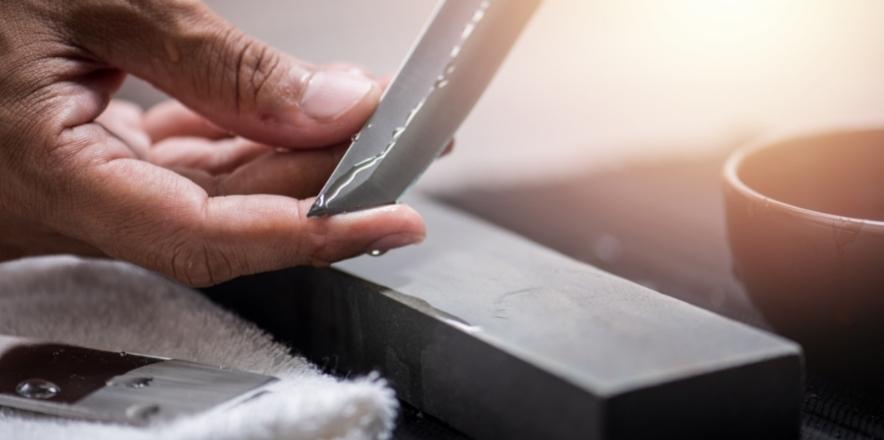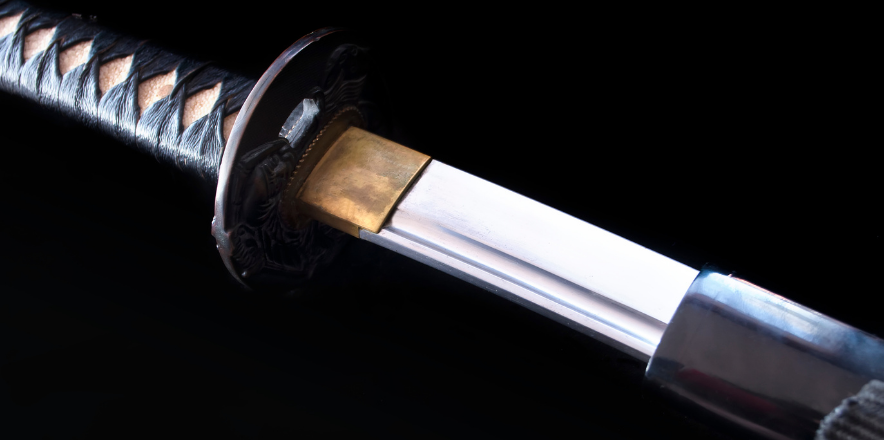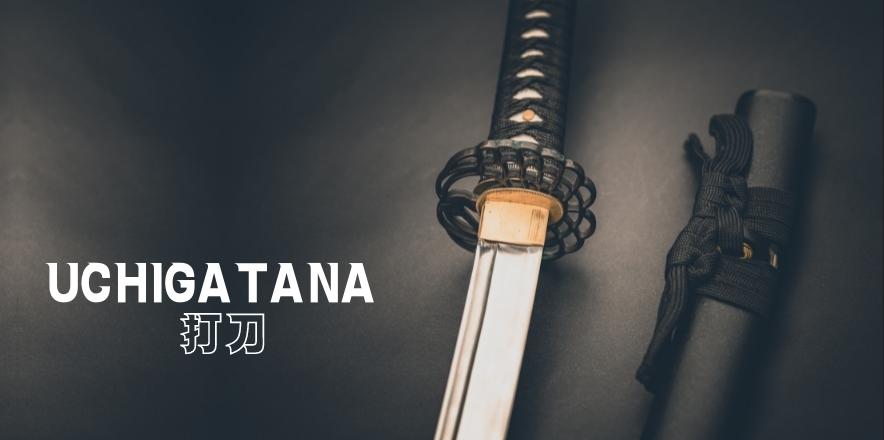How to properly sharpen a katana
There are a few things you need to know before sharpening your katana. First, it is important to use the correct tools. Second, you need to be very careful when handling your katana, any mistakes could damage the blade. Third, sharpening your katana takes time and patience, don't rush it!

How to sharpen a katana with a whetstone
Now that you know the basics, let's get started. There are many ways to sharpen a katana, but using a whetstone is perhaps the most traditional method. In order to polish your katana with a whetstone, you will need the following items:
- A whetstone
- A katana
- A honing rod (optional)
- Water (for wetting the sharpening stone)
1. The first step is to find a whetstone. It is important to choose a whetstone that is appropriate for the level of hardness of your katana's blade. Whetstones come in different grits, or coarseness levels. The coarser the grit, the more material will be removed from your katana's blade. For most people, a medium-grit stone is a good choice.
2. Next, you need to prepare your whetstone. If it's a natural stone, soak it in water for 10-15 minutes and then place it on a flat surface. This will help to keep the stone from drying out your katana's blade. If you're using a synthetic whetstone, there's no need to soak it.
3. Once your whetstone is ready, you can begin sharpening your katana. Take your katana and, using light pressure, begin to run the blade along the whetstone in a back-and-forth motion. Start by holding the blade at a 20-degree angle to the stone. Use light, even strokes to move the blade across the stone. Remember to sharpen both sides of the blade evenly. It is important to maintain a consistent angle while you are polishing the blade, if the angle is too shallow, you risk damaging the edge of the blade, while if the angle is too steep, you will not be able to remove all the metal from the blade.
After a few minutes, you should start to see a burr forming on the edge of your katana's blade. Check the edge of the blade to see how it is progressing. A burr is a thin line of metal that has been raised up by the sharpening process. Keep sharpening until the burr extends all the way across the blade.
4. Once you have a burr on both sides of the blade, it's time to move on to the finishing stage. For this, you'll need a honing rod. Honing rods come in different materials, but stainless steel is a good choice for most people.
To use the honing rod, hold it at a 20-degree angle to the blade and lightly draw the rod along the edge of the blade. Work slowly and evenly, moving the rod from the base of the blade to the tip. After a few passes, you should see a noticeable difference in how sharp your katana is.
5. When you are satisfied with the results, wash the blade with water and dry it with a clean cloth. Your katana is now sharp and ready for use!
With a little practice, sharpening your katana will become easier and quicker. Just be patient, take your time, and use the right tools, and you'll be able to keep your katana razor-sharp for years to come.




